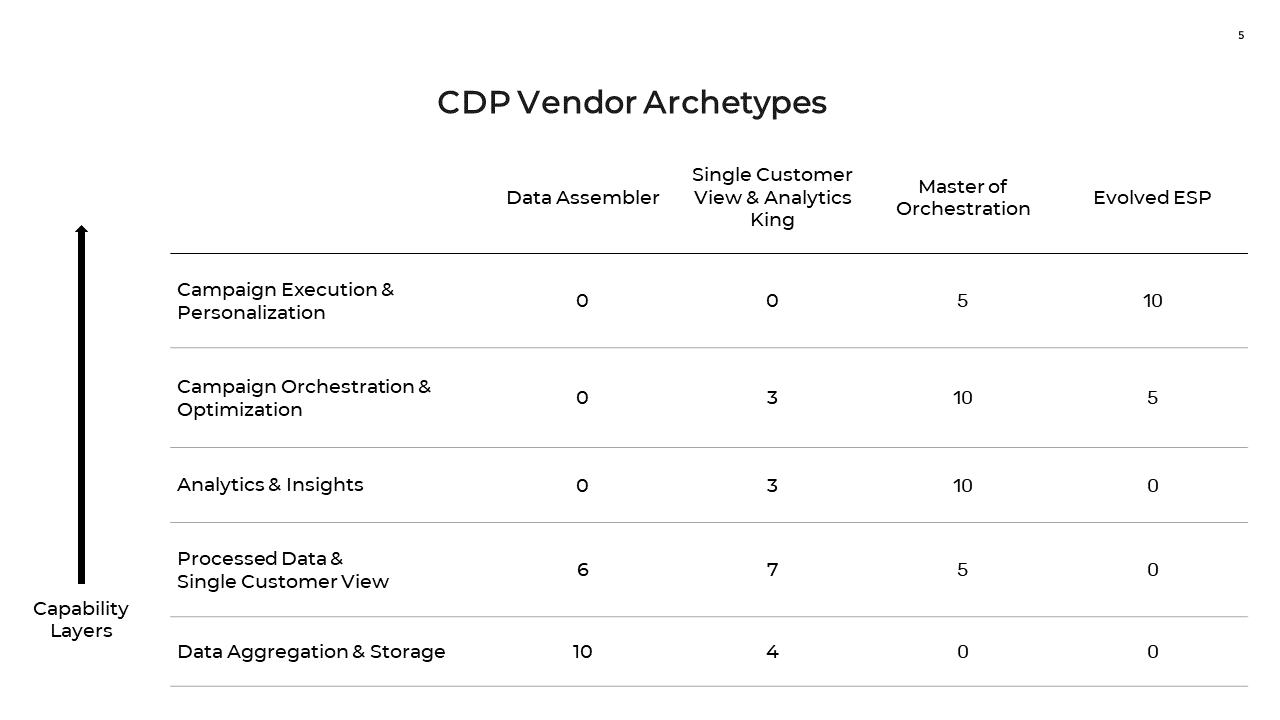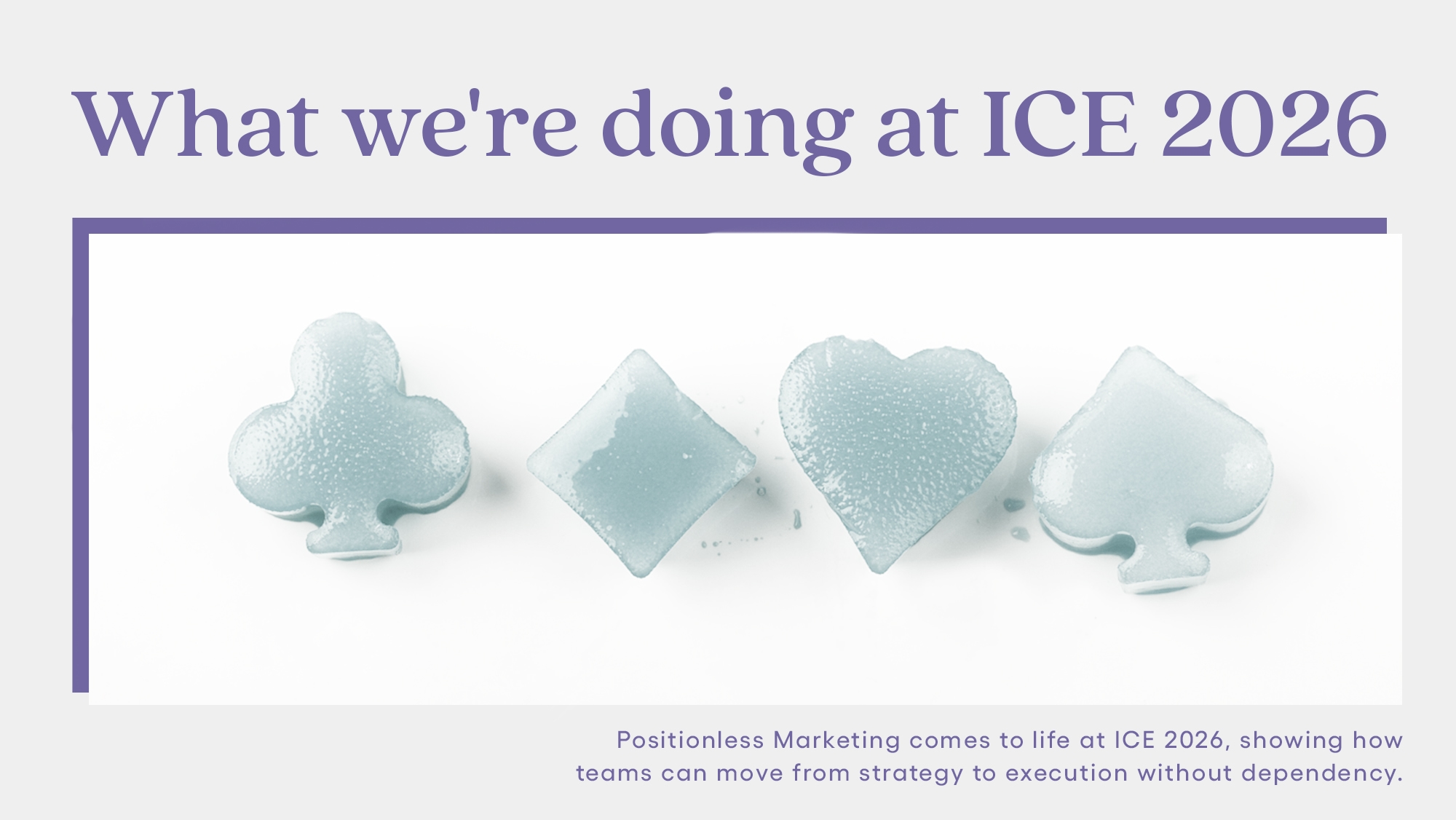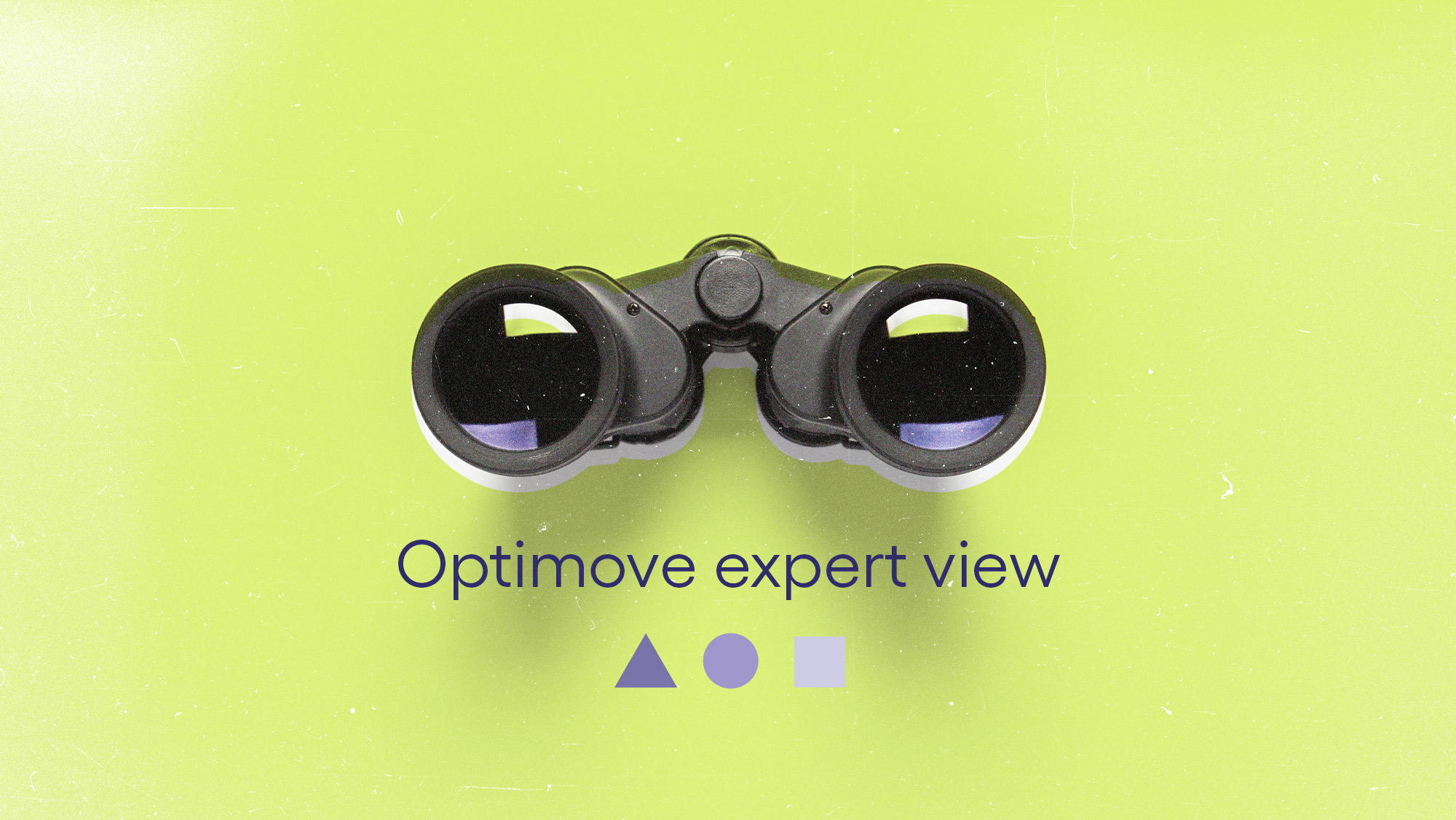
AI and the Retail Marketer’s Future
How AI transforms strategy and processes, driving the adoption of Positionless Marketing
Forrester: Optimove’s Total Economic Impact
A Customer Data Platform (CDP) is software designed to consolidate and manage customer data from multiple sources, within and without the company. The CDP aggregates all customer data, cleanses it and unifies it into a single customer view that can be used for marketing purposes and also accessed by other systems.
CDPs allow marketing teams to leverage customer data for objectives including customer segmentation, personalized communications and analytics aimed at gleaning customer insight, all with minimum involvement from IT.
Watch the 2-minute video exploring the single customer view or read the transcript here.
As customers interact with companies across more channels, through more systems, with more frequency, customer data is rapidly becoming fragmentated. This has fueled a demand for systems that assemble the data from its many sources into a single, complete and consistent customer view, and then share the result with every other system that needs it. This is exactly what CDPs do.
While there are many different CDPs on the market, they all have share some key characteristics. According to the CDP Institute, a CDP is a, “marketer-managed system that creates a persistent, unified customer database that is accessible to other systems”. This definition has three primary components:
In short, every CDP ingests nearly any type of data from source systems, stores it without losing any detail, converts it into a complete and consistent view of each customer, and makes the result easily available for various purposes.
Despite sharing some common features, CDPs vary quite widely. From a user’s perspective, the most significant differences relate to product scope. In very broad terms, CDPs can be grouped into three categories:
Some CDPs move past engagement to include their own delivery systems, most often for email. Many marketers find this appealing since it reduces the number of systems they need to integrate. Systems that do this are still considered CDPs so long as users have the option to use external delivery systems as well. The distinction is important because one the primary reasons for buying a CDP is to let marketers use the delivery systems of their choice.

Yes, Optimove is a realtime Customer Data Platform (CDP). Optimove’s Relationship Marketing Hub helps you drive measurable growth through smarter orchestration, measurement and optimization of campaigns, at scale. A science-first approach means bringing together all customer data into a single customer view that enables you to fully understand your customers, while allowing Optimove to autonomously surface valuable insights and optimize campaign effectiveness. To maximize actual business impact, Optimove allows you to select and optimize for the business KPIs that are most important to you.
Optimove can access databases containing customer data using a number of methods:
Absolutely! Optimove’s Science-First Relationship Marketing Hub is a CDP and much more. Beyond providing a Single Customer View and in-depth analytical reports, Optimove leverages AI to actually foster emotionally intelligent relationships that maximize the value of every customer via true 1:1 personalized multi-channel customer communications. Visit the Optimove Product page or request a Web demo to learn how you can use Optimove’s Relationship Marketing Hub to drive measurable growth through your existing customers.
Forrester: Optimove’s Total Economic Impact
The Forrester Total Economic Impact™ Study shows that Optimove’s Positionless Marketing Platform drives an 88% boost in campaign efficiency.



